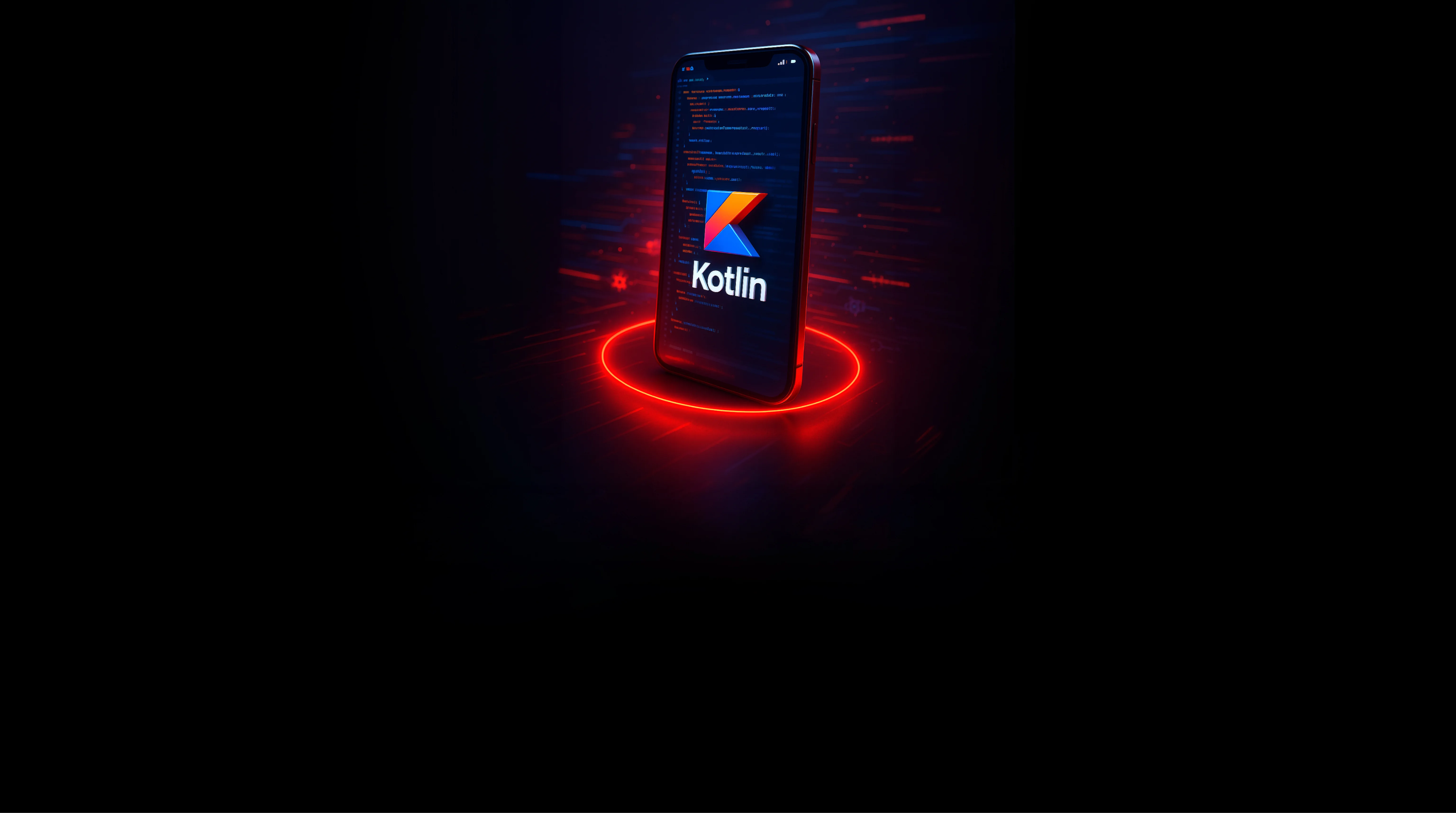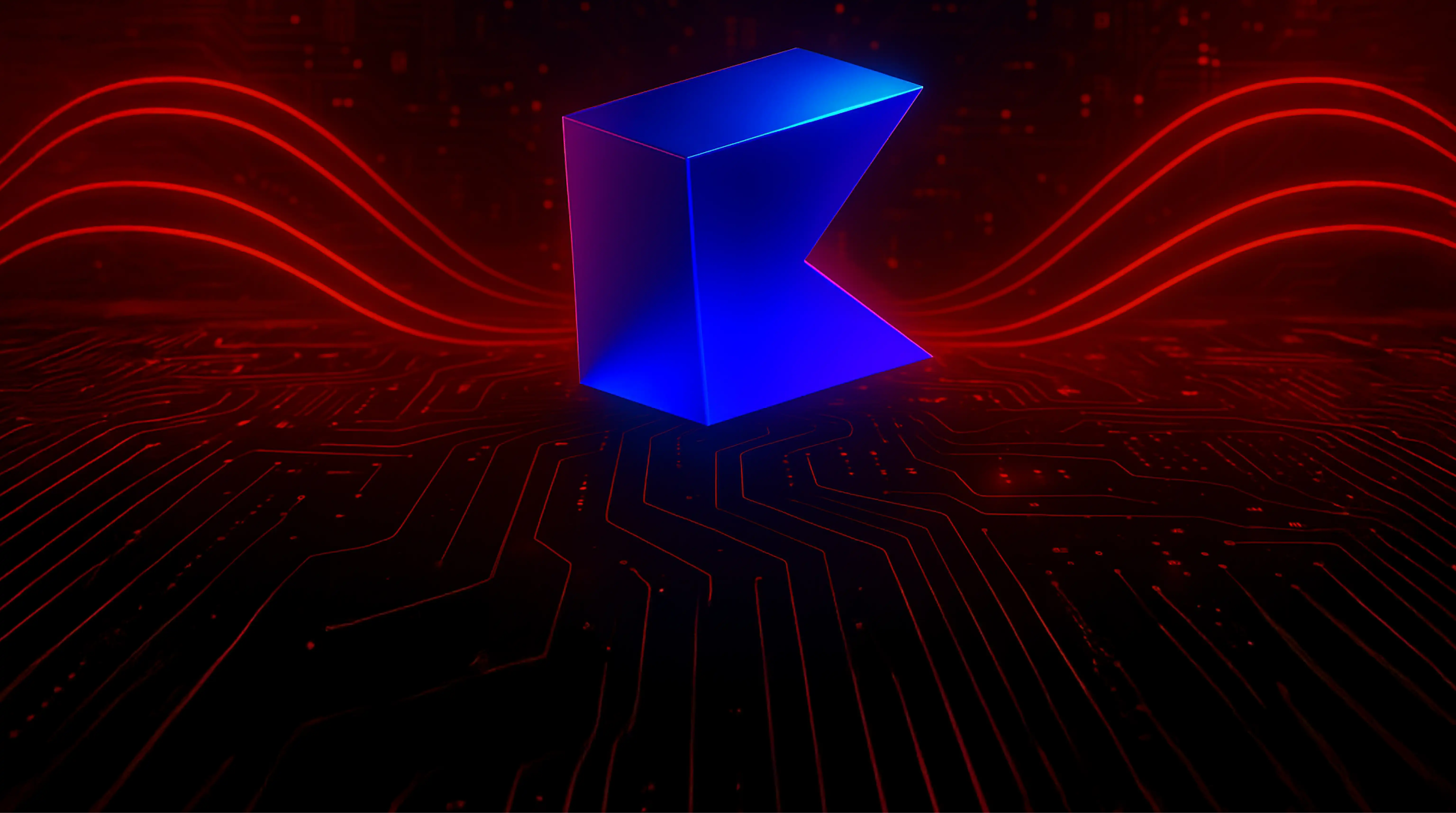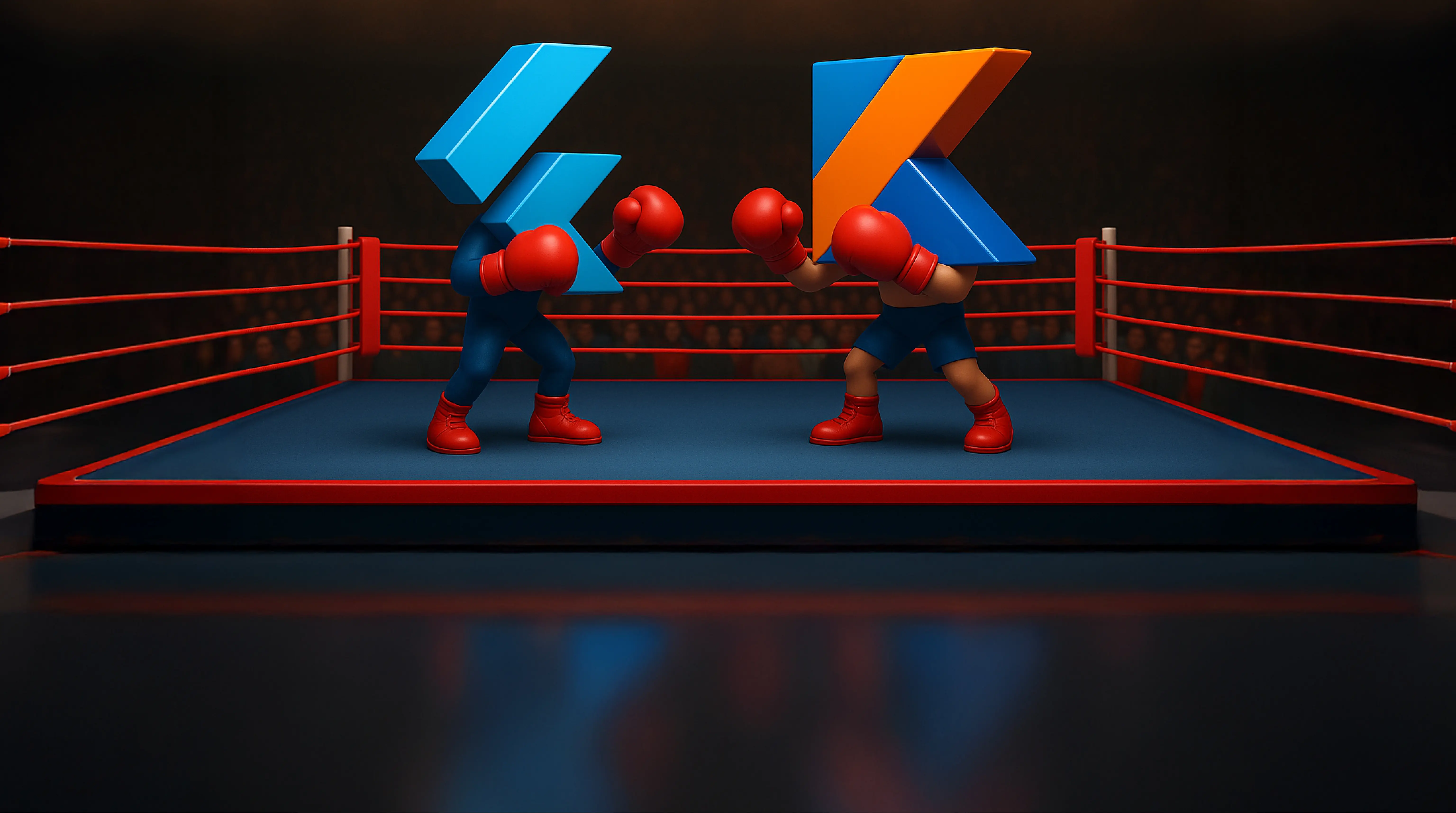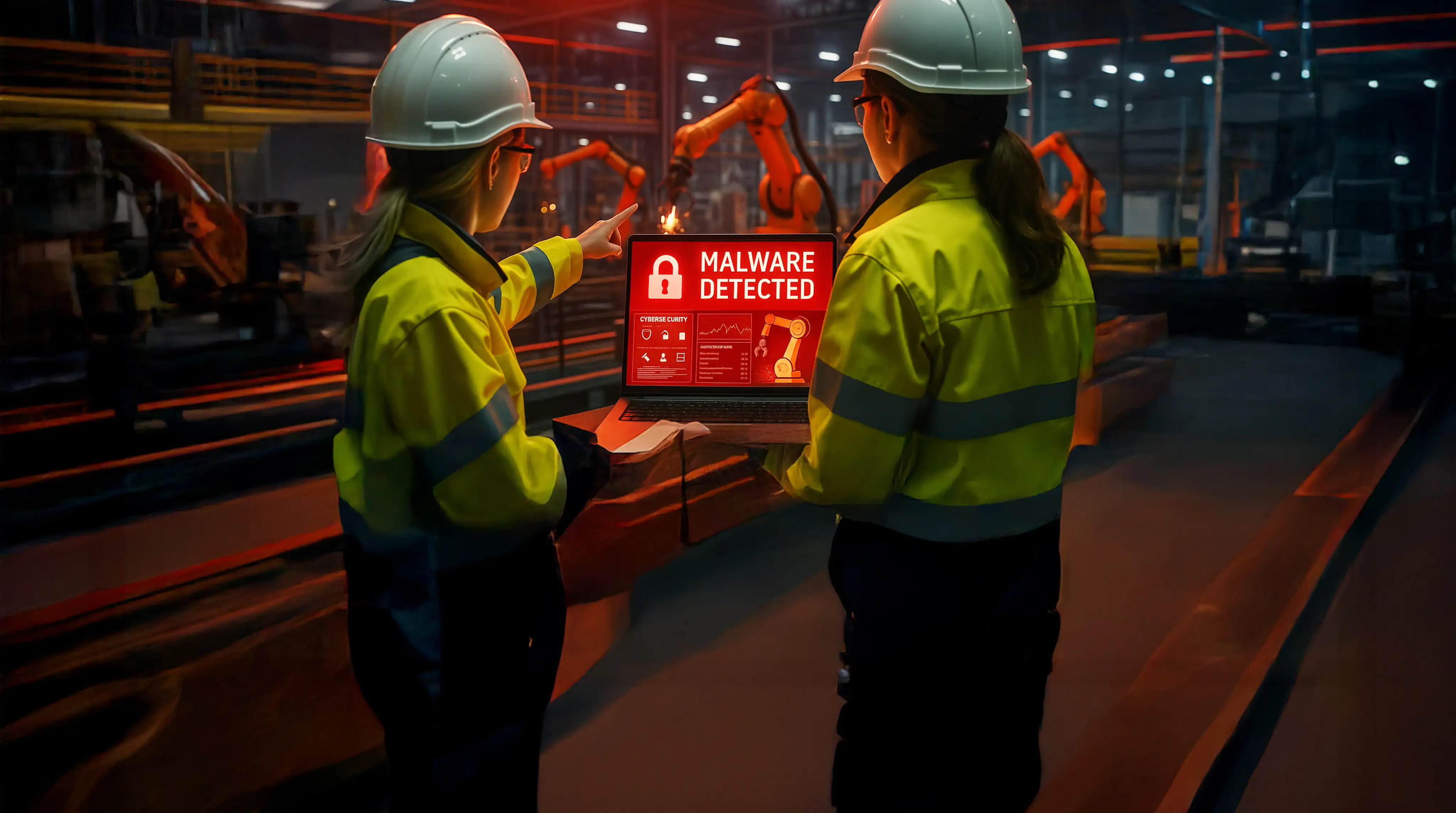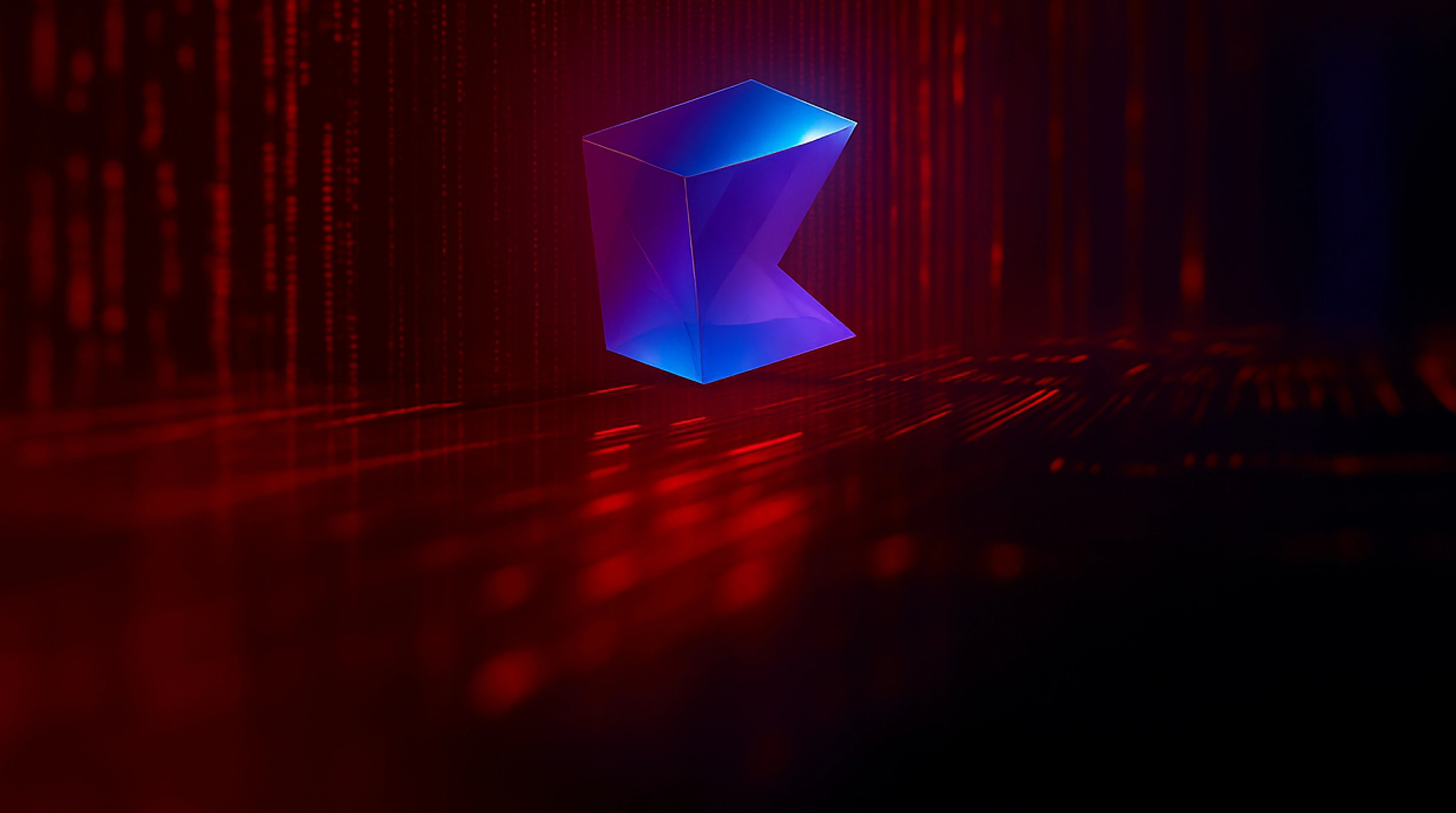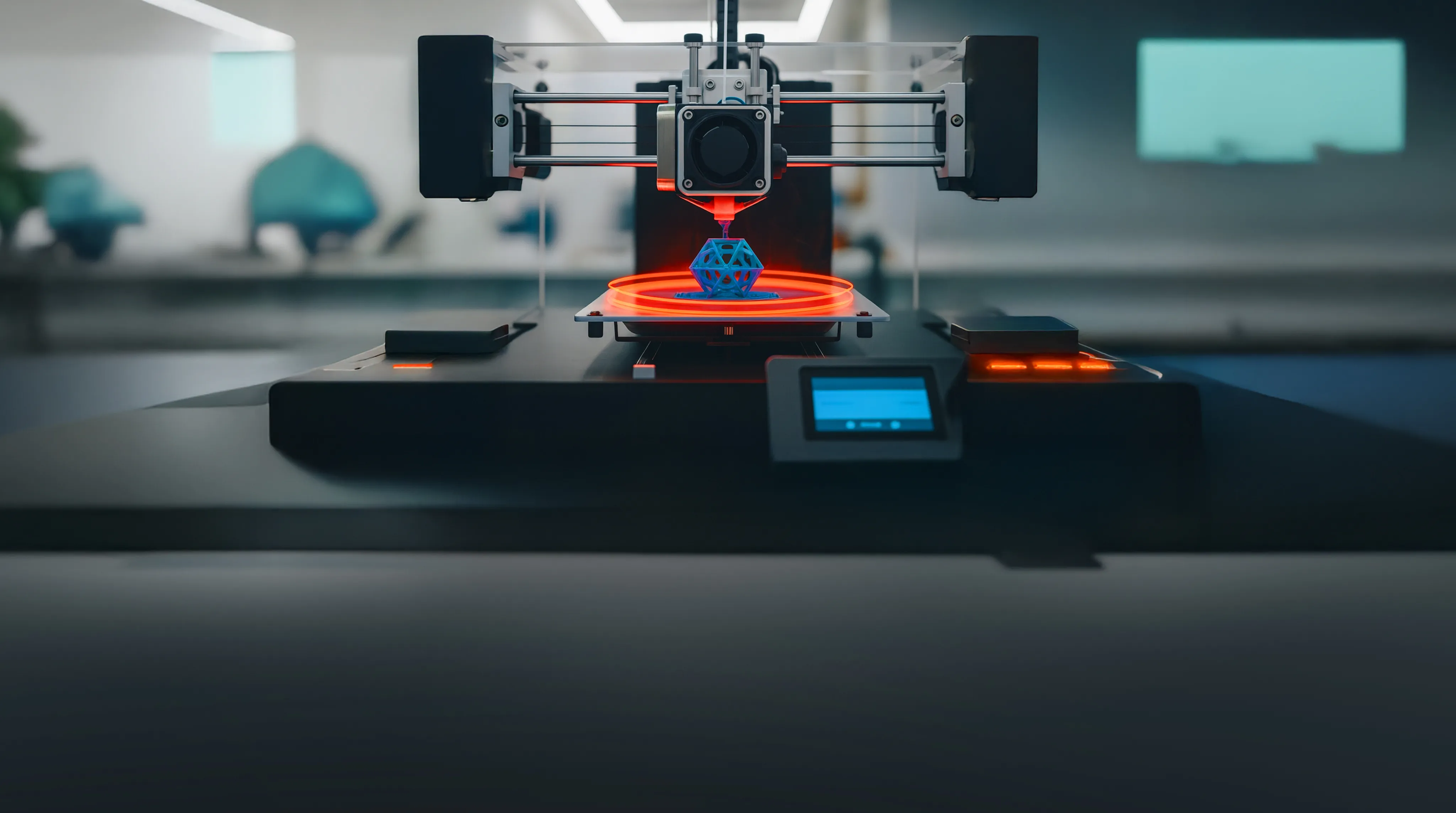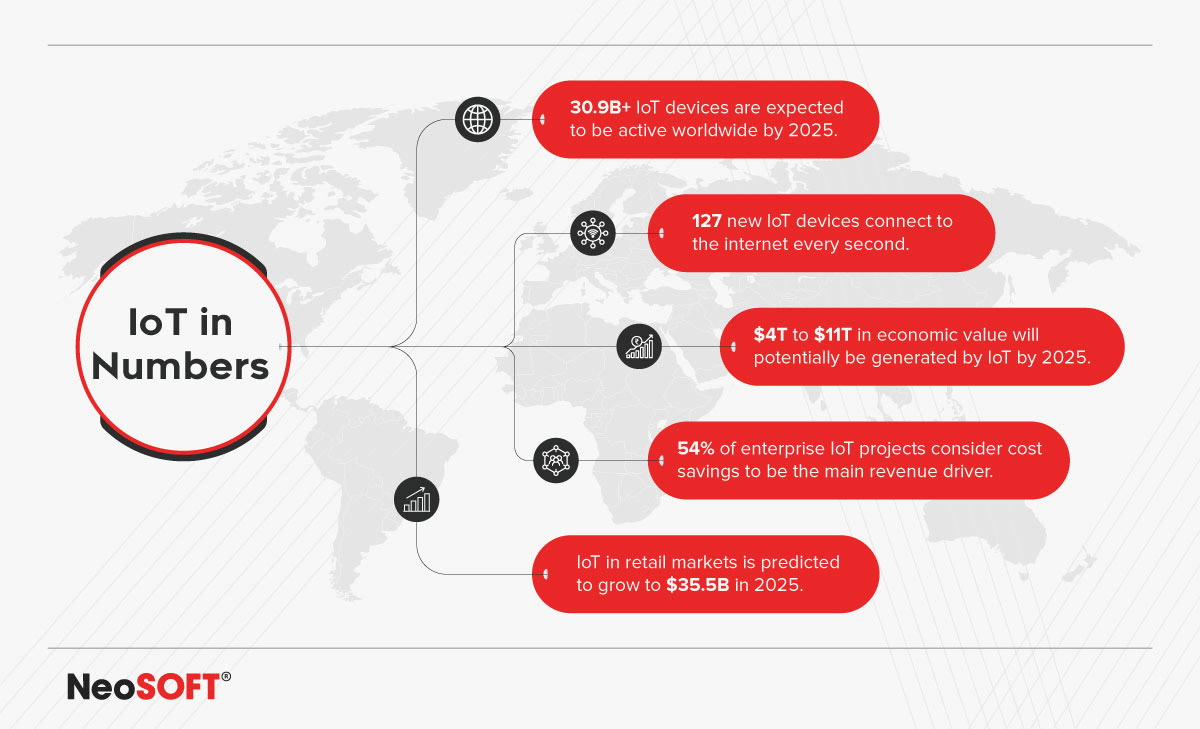
Understanding Critical Scalability Challenges in IoT & How to Solve them
April 12, 2022
While the vision for interconnected networks of “things” has existed for several decades; its execution has been limited due to an inability to create end-to-end solutions. Particularly the absence of a compelling and financially-viable business application for wide-scale adoption.
Decades of research into pervasive and ubiquitous computing techniques have led to a seamless connection between the digital and physical worlds. Facilitating an increase in the consumer and industrial adoption of Internet Protocol (IP)-powered devices. Several industries are now adopting creative and transformative methods for exploiting the ‘Code Halo’ or ‘data exhaust’ that exists between people, processes, products, and operations.
Currently, there are endless opportunities to create smart products, smart processes, and smart places, nudging business transformation across products and offerings. Smart connected products offer an accurate insight into how customers use a product, how well the product is performing, and a fresh perspective into overall customer satisfaction levels. Moreover, companies that previously only interacted with their customers at the initial purchase can now establish an ongoing relationship that progresses positively over time.
Future Promise – Business Transformation through IoT

Let’s begin with considering the immediate future – in the next few years, the term ‘IoT’ will cease to exist in our vernacular. The discussions will instead shift to the purpose of IoT and the business transformation that is realized. We will see the emergence of completely new business models, products-as-a-service, smart cities, intelligent buildings, remote patient monitoring capabilities, and industrial transformational models. Order-of-magnitude improvements will be at the forefront as business intelligence boosts efficiency, waste reduction, predictive maintenance, and other forms of value.
The capturing of ambient data from the physical world to develop better products, processes, and customer services will be a core aspect of every business. The conversation will shift from how things are to be ‘connected’ and focus more on the insights gained from the instrumentation of large parts of the value chain. IoT technologies will become a commodity.
The real value will be unlocked through the analytics performed on the massive streams of contextual data transmitted by the ‘digital heartbeat’ of the value chain. IoT will form the crux of how products operate and the way physical business processes progress. In the future we expect the instrumentation-to-insights continuum to become the standard method of conducting business.
Layers of an IoT Architecture
Incorporating connectivity, computation, and interactivity directly into everyday things is dependent on organizations and requires an in-depth understanding of industry business problems, new instrumentation technologies and techniques, and the physical nature of the environment being instrumented.
Generally, IoT solutions are characterized by three-tier architecture:
IoT Architecture
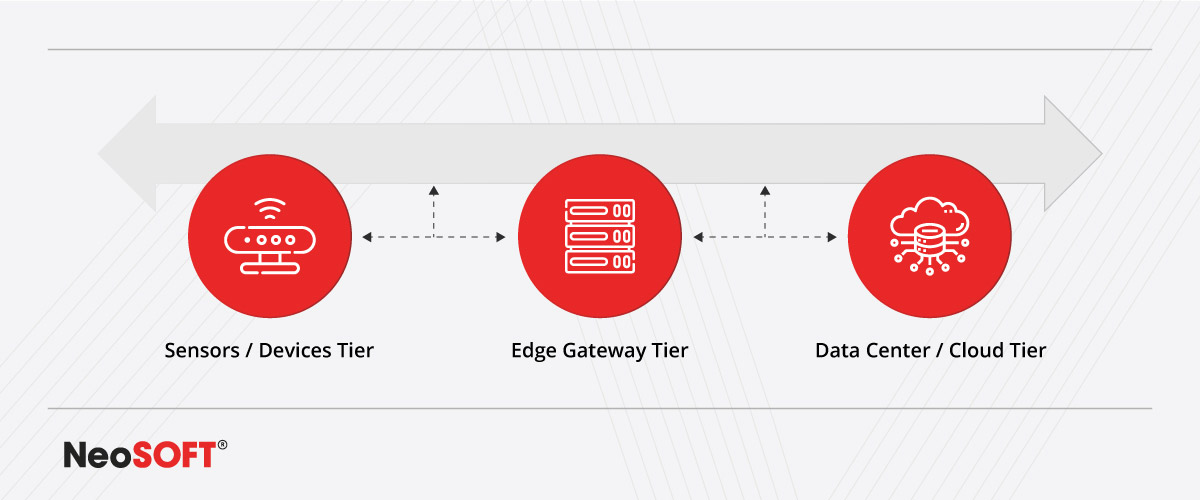
- Physical instrumentation via sensors and/or devices.
- An edge gateway, which includes communication protocol translation support, edge monitoring, and analysis of the devices and data.
- Public/private/hybrid cloud-based data storage and complex big data analytics implemented within enterprise back-end systems.
Successful business transformation initiatives leverage these IoT tiers against a specific industry challenge to gain a market advantage. Lastly, these IoT integrations should be configured to the actual physical environments in which the instrumentation technology will be deployed and aligned with the business focus areas for each organization. This usually requires organizations to leverage third-party expertise or various other complementary sets of ecosystem partnerships.
Scalability Challenges in IoT
With the explosion in market share, aspects such as network security, identity management, data volume, and privacy are sure to pose challenges and IoT stakeholders must address these challenges to realize the full potential of IoT at scale.
Network Security: The explosion in the number of IoT devices has created an urgent need to protect and secure networks against malicious attacks. To mitigate risk, the best practice is to define new protocols and integrate encryption algorithms to enable high throughput.
Privacy: IoT providers must ensure the anonymity and individuality of IoT users. This problem gets compounded as more IoT devices are connected within an ever-expanding network.
Governance: Lack of distinguished governance in IoT systems for building trust management between the users and providers leads to a breach of confidence between the two entities. This situation happens to be the topmost concern in IoT scalability.
Access Control: Incorporating effective access control is a challenge due to the low bandwidth between IoT devices and the internet, low power usage, and distributed architecture. This necessitates the refurbishment of conventional access control systems for admins and end-users whenever new IoT scalability challenges occur.
Big Data Generation: IoT systems carry out programmed judgments leveraging categorized data gathered from numerous sensors. This data volume increases exponentially and disproportionately to the number of devices. The challenge of scaling lies in large silos of Big Data generated as determining the relevance of this data will need unprecedented computing power.
Similar to most technology initiatives, the business cases are realized only when these technologies are implemented at scale. The connection of only a few devices isn’t enough to harness the full potential power of IoT for developing more meaningful products, processes, and places to elevate business performance.
What Companies Get Wrong About IoT
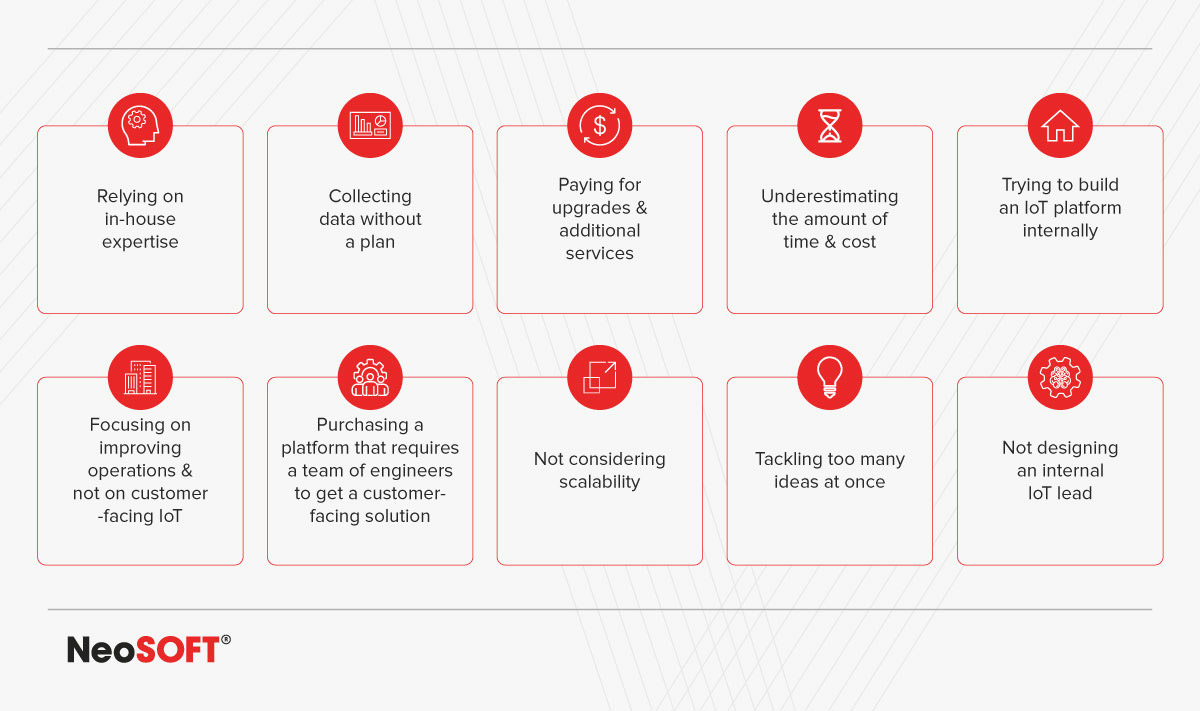
Avoid a fragmented approach to IoT
Typically, companies, especially large multinational corporations that have global footprints do not have a clear owner of IoT within the organization. This leads to a fragmented and decentralized decision-making process when it comes to IoT.
For example, consider a company that has many factories across the world. Each factory has a bespoke application and a bespoke vendor for providing a single discrete use case. Each factory works well when we consider its individual silos, however, it is very difficult to gain an aggregated view across the entirety of the company as a whole. This leads to problems with scaling as the company is structurally limited, resulting in the company having to scale back to begin implementing and reengineering the process from the ground level.
When it comes to the IoT agenda, multinational companies need to be mindful of the short term and long term, at a global and a local level, to effectively capture IoT value. It is imperative to unite the business processes with technology as well as instill a change in mentality towards IoT value to derive real change within these companies. This includes having a completely different approach towards KPIs, incentives, and the performance management of people on a very practical level.
Overcoming the Challenges of IoT Scale
To rapidly progress from prototyping to real-world deployment, it is essential to focus on the challenges of scaling IoT:
1. Zero in on the underlying business problem or opportunity.
Change the mindset surrounding IoT with regards to technology experimentation leading to business transformation, starting with the company’s most valuable assets. A well-orchestrated engagement between the COO and CIO, a CFO-ready business plan, product, delivery, and customer service is a prerequisite for effectively scaling IoT.
2. Learning how IoT amplifies value.
Whenever an object is integrated into an IoT system, it acquires a unique persistent identity along with the ability to share information about its state. As a result, the value of an intelligent object is amplified throughout its lifecycle – from creation, manufacturing, delivery, and subsequent use, till its demise. This also includes its network of suppliers, producers, partners, and customers, whose interactions and access are handled by the IoT. During IoT exploration, whenever a product’s lifecycle and network are taken into account, it paints a clearer picture of the potential for structural transformation of processes, networks, and even the product itself.
3. Consider the Physical Nature of the Environment.
IoT provides connectivity to everyday objects that are rooted in a physical place. This leads to two critical dimensions of IoT scaling:
- An understanding of the interplay between objects, between objects and people, and between objects and the environment (which further necessitates a deep understanding of the setting and inner workings of the physical place).
- An understanding of how the physical environments themselves might affect the connectivity and successful interaction of objects. As IoT is reliant on wireless radio waves to transmit data from objects, any radio interference in a physical environment can impact transmission and must be considered during system design.
IoT scale aims to ensure that individual systems communicate with each other within the physical world and become invisible, blending seamlessly into the workplace. This requires a deep understanding of the inner workings of the physical place and the ability to translate technology within said environment. For instance, a “digital oilfield” IoT concept might foster a relationship between oil and gas consultants that understand industry pressures, drilling rig personnel that know the physical nature of day-to-day operations, and IoT technology experts capable of calibrating and connecting the devices within the environment.
4. Embrace the concept “it takes a village” to unite all IoT ingredients.
IoT is a “system of systems” composed of several different ingredients and expertise, dependent on end-to-end systems integration. These elements can fuel a transformation within a business model and develop coordinated initiatives designed for scale. Enrolling partners with the necessary domain expertise, and with a reputed history of integrating IoT technologies, will be key for establishing a long-term roadmap for IoT strategy and implementation.
An Integrated Approach Is Necessary For Driving End-To-End Transformation Across Business, Organization, And Technology
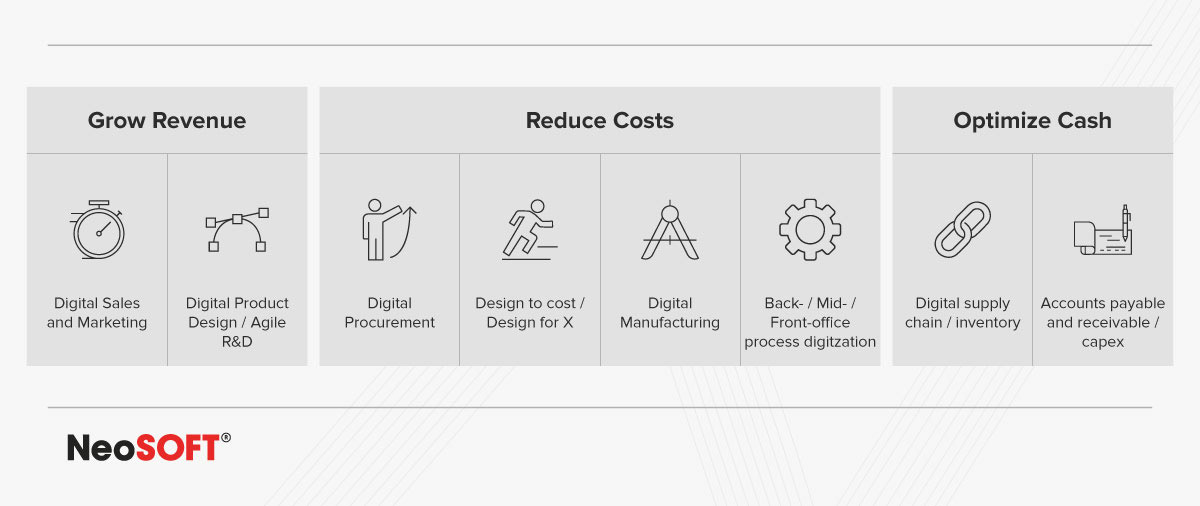
Realizing Full IoT Value
Adaptive organizations will quickly transcend IoT workshops and pilots to establish a long-term roadmap that is fueled by their business’ vision for the future and not technology. IoT can be incredibly disruptive and valuable across an industry, meaning that early adopters helping companies understand how to bring basic connectivity within their organization, will often fall short of unlocking the underlying business value that can be realized at scale. To make a meaningful impact on the business model, the product, and/or operational processes, businesses must implement IoT in a coordinated effort – across functions – at scale. This necessitates vision and leadership, outside expertise, and an ecosystem of partners for delivering a successful IoT journey.
NeoSOFT’s Use Cases
All over the world, businesses are looking to scale their IoT processes from different perspectives; some start by exploring new sensing technologies and how they can be applied to their processes, others search for ways to enhance and advance their existing data sources through new data mining techniques. As their products acquire new characteristics through IoT instrumentation, businesses have to re-imagine their products and develop ways to deliver new and value-driven services for their customers.
Listed below are some of the highlights of our work in providing innovative and scalable IoT solutions:
Developing futuristic, robust, and reliable smart home security solutions
Engineered a home security solution that makes it easier and convenient for customers to monitor their household security remotely. Our engineers developed an intuitive hybrid mobile interface capable of integrating multiple smart guard devices within a single application. The solution leveraged remote monitoring, home security, and system arming/disarming managed via AWS IoT services.
Taking retail automation and shopping convenience to the next level with AI and IoT-powered solutions
A fully automatic futuristic store that leverages in-store sensor fusion and AI technology. Our goal was to leverage and connect all store smart devices, including sensors, cameras, real-time product recognition, and live inventory tracking. Data analytics on smart devices led to the creation of personalized and customer-driven marketing efforts.
Exploring new possibilities in human health analytics
The client is an innovator in the field of medical imaging for the detection and spread of cancer and other abnormalities. Our task was to leverage advanced technologies to accurately detect its presence and spread within the lymph nodes using IoT, AI, and 3D visualization.
Stay tuned, as we get more interesting IoT insights for you. Till then, take a look at how IoT can be leveraged for your business.









